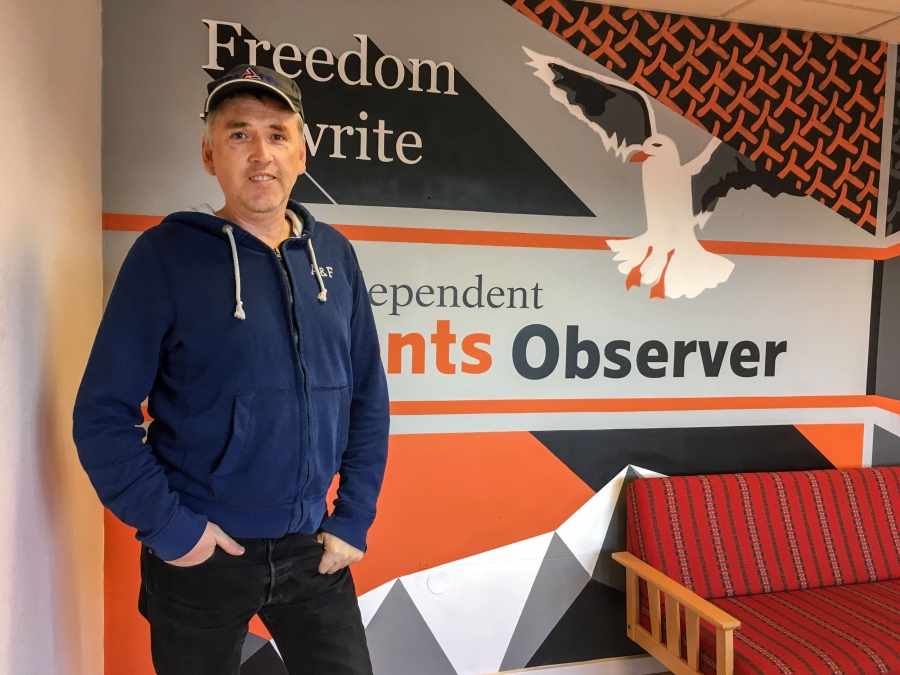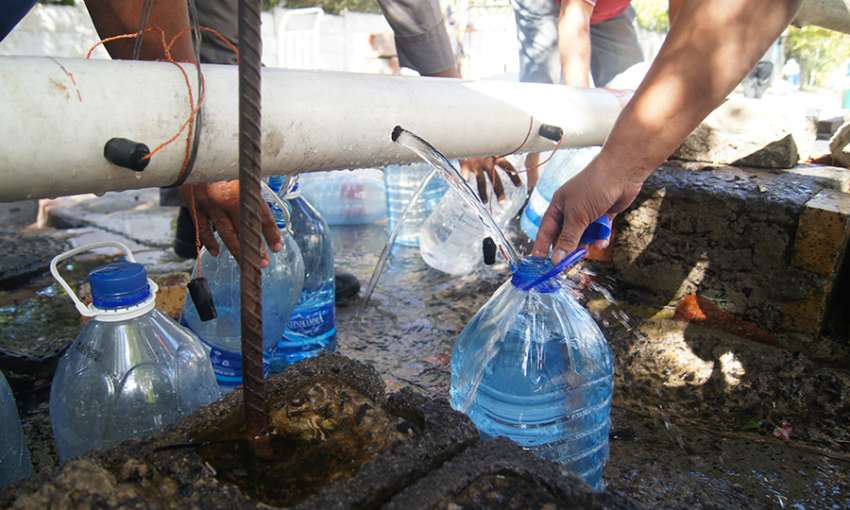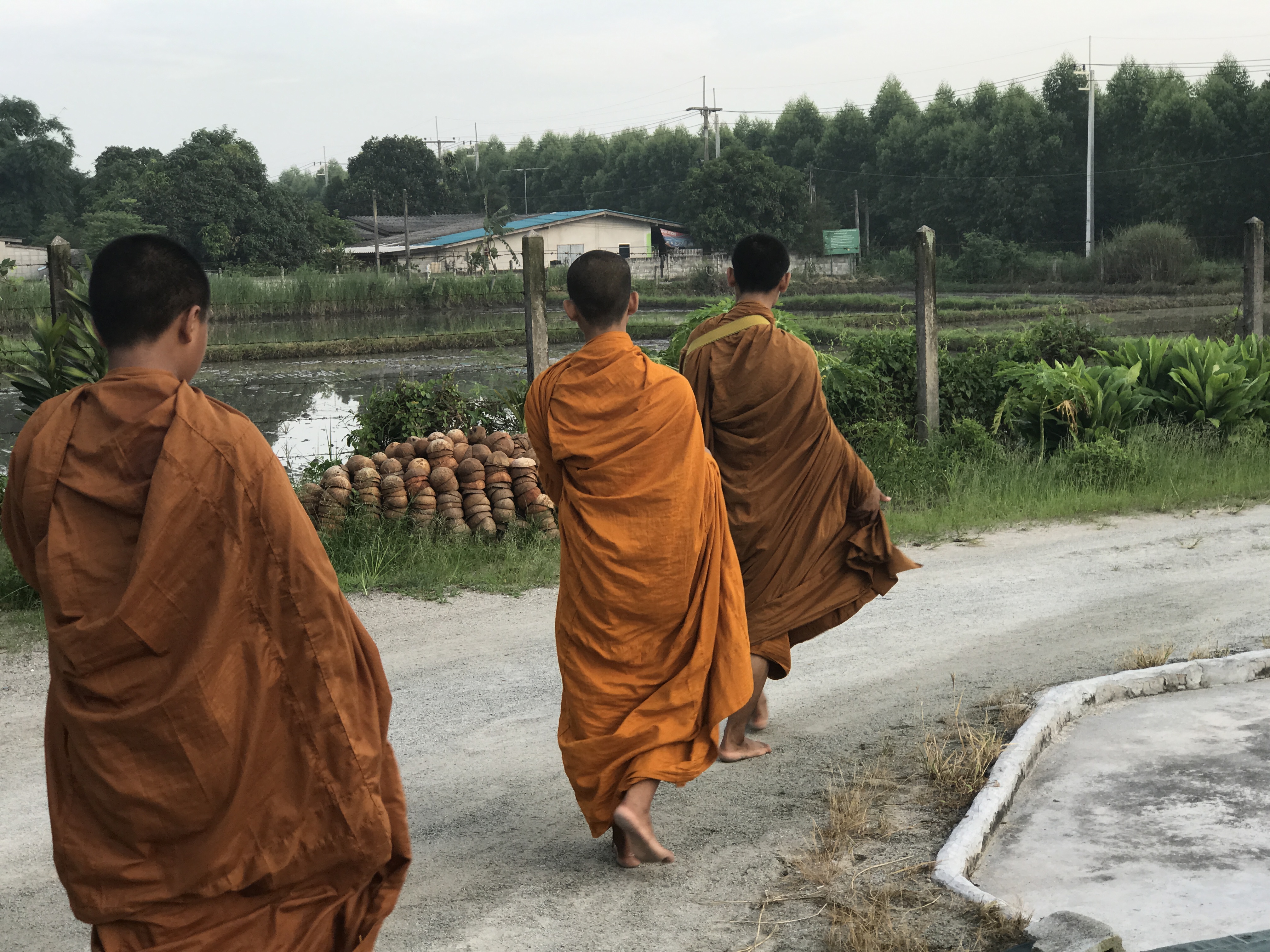Lesson Plan April 9, 2019
Fighting Climate Change with Community Action
Country:
Grades:
This lesson plan uses Pulitzer Center Reporting to discuss climate change activism. Students will use:
- Critical reading
- Discussion questions
- Group work
- Extension activities
Warm-up: Thinking critically about climate change.
Resources: Working in small groups to dive deeper into how people are fighting climate change in different communities.
Sharing: Discussing and make connections among students' own communities and those they read about.
Extension Activities: Students have the option to create a visual or written response to the article they read or engage in climate change activism in their own communities.
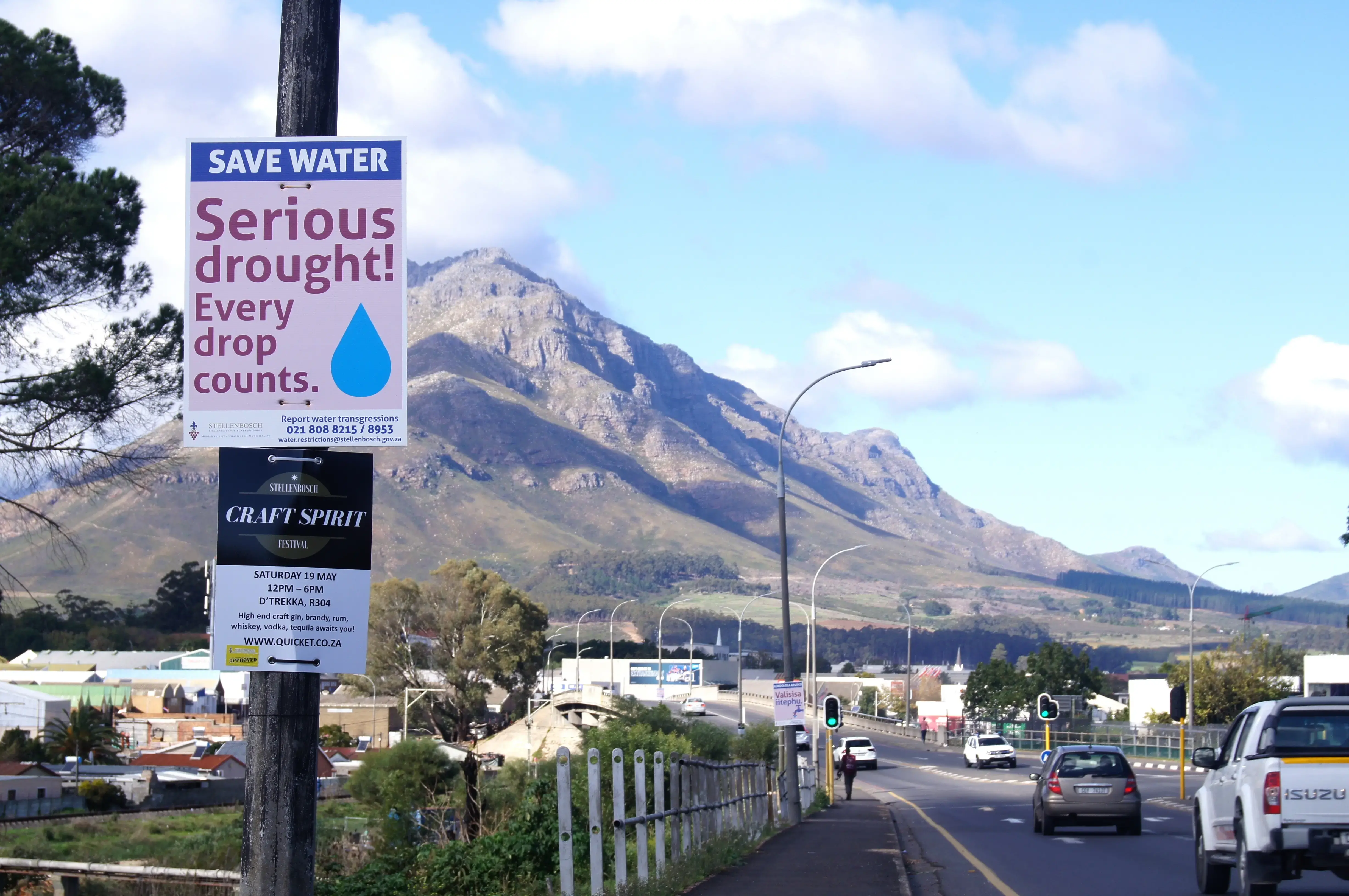
Printable PDFs/Word Documents for this Lesson:
- Full lesson for students [PDF] [Word]
- Reporting (for the main lesson):
- "Panamanian Indigenous People Act to Protect the Forest from Invading Loggers" by Guido Bilbao
- "An Environmental Newspaper Fights for Press Freedom in the Russian Arctic" by Amy Martin
- "Ecology Monks in Thailand Seek to End Environmental Suffering" by Kiley Price
- "How Cape Town Defeated Day Zero—for Now" by Jacqueline Flynn
- Reporting (for the extension activities):
- "After the Flood" by Katie Pyzyk
- "From Louisiana To The Netherlands, Climate Change Brings New Threats" by Tegan Wendland
- "'There's No More Water': Climate Change on a Drying Island" by Tommy Trenchard
- "The Amazon's Defenders" by Francesc Basia I Dalmases and Pablo Albarenga
- "Community Fights Construction of Mountain Valley Pipeline" by Kelsey Wright
Four Resources on Climate Change Activism:
As we celebrate Earth Day, it is important to remember that fighting climate change is a year round responsibility. This lesson plan looks at how people around the globe are fighting back against climate change in their own communities, using the following resources:
1. Panamanian Indigenous People Act to Protect the Forest from Invading Loggers

This story looks at how the community in the Darién Gap is organizing to fight back against the illegal logging trade that contributes to deforestation.
2. An Environmental Newspaper Fights for Press Freedom in the Russian Arctic
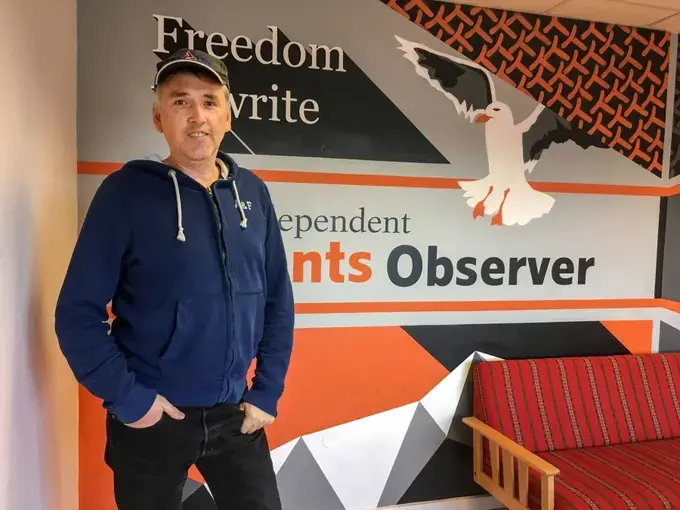
This story profiles a Russian newspaper working to draw attention to thawing permafrost in the Russian Arctic.
3. Ecology Monks in Thailand Seek to End Environmental Suffering
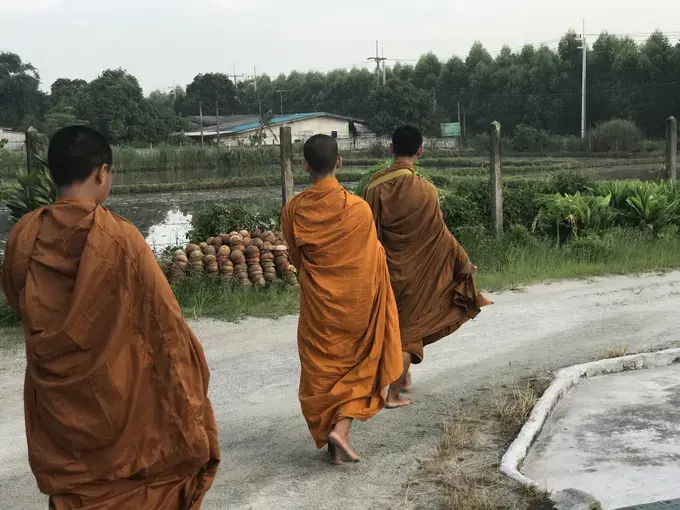
This story explores how Buddhist Monks in Thailand are using their influence to draw attention to and push back against climate change.
4. How Cape Town Defeated Day Zero—for Now
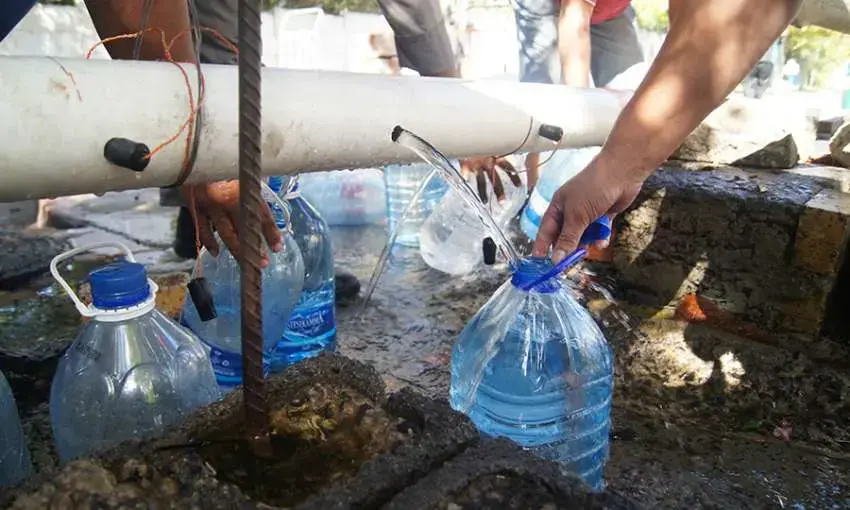
This story uses the water crisis in Cape Town, South Africa to examine how residents responded locally and how their responses helped avert a much worse disaster.
Warm-up:
1. There are three large posters in the room labeled with a question. Take 5 minutes and be sure to write at least one answer on each poster. They are labeled as follows:
- What do you know about climate change?
- How can you see climate change affecting your community?
- What are you or people in your community doing to fight climate change?
2. Read your peers' answers. Did you learn anything you didn't know before from them?
3. While climate change gets a lot of coverage in the news, individuals' and communities' activism against it doesn't always get the same attention. Have you seen any news coverage about people fighting back against climate change? Discuss as a class.
Introducing the Lesson:
Almost every day we see stories in the news about the devastating impacts of climate change on our planet. It can be easy to get discouraged or complacent. However, the fight isn't over. Today we will look at how communities around the world are pushing back, not only against the effects of climate change, but also against the global systems that discourage climate action. Climate change's effects look different in each community we are going to look at today, which means that local responses do too. The ways in which people fight back are varied and innovative, but we can all learn from and be inspired by their work.
Introducing the Resources:
The resources we are using will address different countries and different effects or causes of climate change. These are the places and corresponding news stories we will explore today:
Panama: Panamanian Indigenous People Act to Protect the Forest From Invading Loggers
Russia: An Environmental Newspaper Fights for Press Freedom in the Russian Arctic
Thailand: Ecology Monks in Thailand Seek to End Environmental Suffering
South Africa: How Cape Town Defeated Day Zero—for Now
1. Go to the corner of the room labeled with the country you want to learn more about. Before you read the article, discuss briefly with your group: What do you already know about climate change in this country? Or, make some predictions about what climate change might look like there, based on what you know about this country's geographical features and about climate change in general
2. Read the article, either silently to yourself or aloud to your group. Questions to keep in mind as you read:
- How does climate change look in this community?
- How are the people in this story fighting back against climate change?
- Do you think they are working against the cause of climate change, the effects, or both?
- What outside forces (companies, laws, other countries, etc) are contributing to climate change in this community?
- How does this story connect to your own community?
3. Once finished reading, turn to your group members and briefly discuss these questions. Select one person to be your group's representative speaker.
4. Discuss and write out answers to the questions below:
- What specific climate change issue did you read about?
- Who are the people working against it?
- What actions are they taking?
- What challenges are they facing in their work?
- What was the most interesting thing you learned in this article?
5. As a class, discuss what you have learned about climate change and the fight against it. How do you think this connects to your own community?
- How is climate change viewed differently or similarly in the community you read about?
- What would you do if you were living in the community you read about?
- How are all four of the climate issues you read about connected to one another? Do you think the actions you read about in your article would have worked in the scenarios shared by your classmates?
- Do you think that any of the climate change actions you read or heard about today could be used in your community?
- How might our actions be contributing to climate change around the world? What steps can we take to reduce our personal contributions to climate change?
Extension Activities:
Option 1: Do your own research on the topic you read about today. More Pulitzer Center reporting on climate change can be found here. Take this research and create your own creative project to raise awareness and spur climate change action. This could be a visual arts piece (maybe a collage or poster), a short story, a poem, or a short essay. Send your finished product to [email protected] or share it on Instagram or Twitter using the #EarthDayEveryday and by tagging @pulitzercenter.
Option 2: Take Action! Consider the following options:
- Design a social media campaign, raising awareness and promoting steps that individuals and communities can take to combat climate change around the world and at home.
- Write a letter to your representatives and encourage others to do the same. (Letter-writing template)
- Demonstrate at your school or in a public space (with the appropriate permits and permissions).
- Start a green action club at school to raise awareness and plan a climate action day, recycling drive, plant a community garden, plant trees, or volunteer with other local environmental action groups.
- Write a profile on one of the activists you read about today. This can look like a short written bio, a poster, or even a presentation. Be sure to share the finished piece with [email protected] and on social media, tagging @pulitzercenter.
Common Core Standards:
Analyze how the author unfolds an analysis or series of ideas or events, including the order in which the points are made, how they are introduced and developed, and the connections that are drawn between them.




